Last Updated January 25, 2021
The most important part of a budget is tracking your monthly spending. However, sometimes the hardest part of budgeting (or sticking to their budget) is financial tracking. I totally get it! I hate tracking my spending too. Find out 3 ways to make tracking spending much easier.
Set Up Your Budget
Before we get into financial tracking, we need to make sure you have a working budget. If you need help making a budget, you can get started with this FREE Monthly Budget Printable.
If you have a budget, but you would like something a little more sophisticated, I recommend you use my Budget Templates.
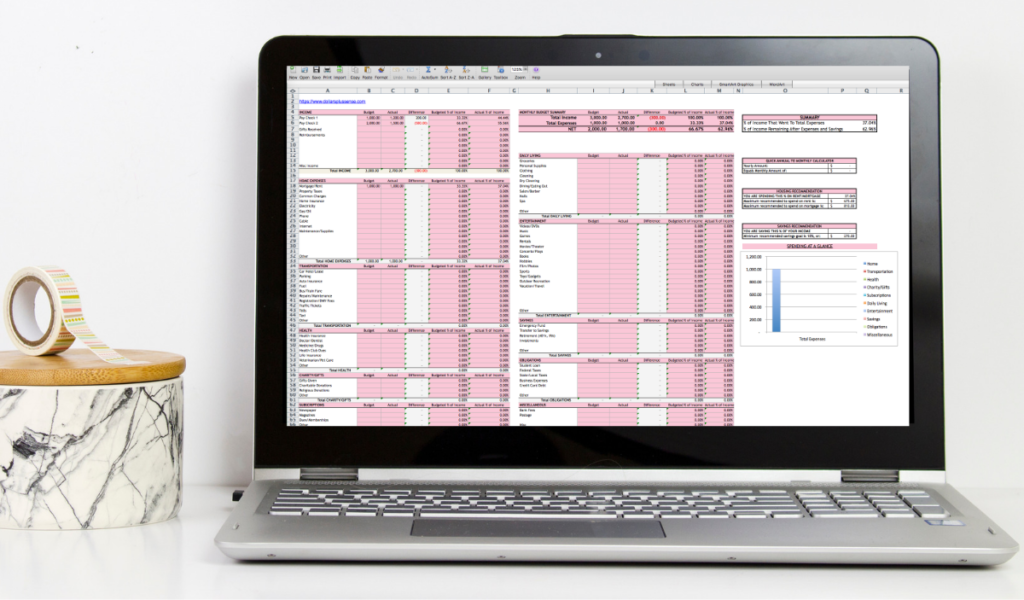
It is the system I currently use when budgeting, and it has helped me save over 50% of my income. It is very detailed and will help you make sure no spending category gets forgotten about.
If you want to know step-by-step exactly how I use my household budget spreadsheet to manage my money you can read “How To Use A Monthly and Yearly Household Budget Spreadsheet.”
Tracking Your Monthly Spending
Financial Tracking is crucial to meeting your financial goals. So let’s look at some methods that make tracking spending much easier.
1. Use Technology

I understand it can be tedious at times when tracking spending. It’s hard to write down every penny you spend, so you can use technology to help you with this task. There are many free websites and apps that help you with financial tracking. For example, websites like PersonalCapital give you the ability to track your spending almost instantly.
It takes only a few minutes to set it up in the beginning (depending on how many bank accounts and credit cards you have), but once you set it up you can forget it.
This website automatically tracks your spending by linking your credit cards and bank accounts. Every transaction is loaded to your Personal Capital account, and you can see all of your finances in one place. This makes financial tracking super easy.
You can also track your spending by logging into your bank or credit card website. The only disadvantage of using technology is you have to manually enter any transactions where you used cash.
As a bonus, if you link at least one investment account (containing a balance of more than $1,000 within 30 days of registering) to Personal Capital, you and I will get $50! So that’s FREE money just for staying on top of your finances!
2. Use The Envelope System

If you are not comfortable with linking your bank accounts to an electronic budgeting service, the envelope system can help you with tracking spending too.
The envelope system is a budgeting method where you take a few envelopes and label each one with a specific variable expense category such as—transportation, utilities, food, entertainment, personal, health, gifts, charity, etc. Then you fill each envelope with the amount of cash needed for each expense category.
You only use the money in the envelope for purchases in their proper category.
So for example, I can only use the money in my “food” envelope to purchase groceries. Once an envelope is empty, you can’t spend any more money on that particular category until you re-stuff your envelope.
You can learn more about the cash envelope method in my detailed article “How To Use The Cash Envelope System.” You can also download these FREE cash envelopes in my Resource Library to get started.

If you want something a little more durable, I recommend these cash envelopes from Amazon (pictured below). It is better than regular envelopes because it is tear-proof and water-resistant. This makes it great to carry around in your purse or wallet. I also love them because of the designs.
If you’re like me and want to try to extend the use of these envelopes as much as possible, I recommend putting a paper insert into each envelope to write down your expenses—instead of logging your expenses directly on the envelope. This allows you to reuse the same envelope month after month.
If you prefer these more durable envelopes, I would use the expenditure tracker paper insert I designed with my FREE cash envelopes.
The benefit of this financial tracking strategy is you do not have to track every purchase. You will know how much you have spent in that category based on how much money is left in the envelope at the end of the month. It also prevents you from overspending and you will avoid overdraft fees.
However, this method also has a few drawbacks. You may have large sums of cash in your home or on your person, and this can put you at risk of loss or theft. You also will not have the protection and rewards that credit cards can offer. Finally, you lose out on any potential interest on your savings because your cash is in an envelope and not in a savings account.
- Related Articles: How You Can Use The Cash Envelope Method Without Cash
3. Use Re-loadable Prepaid Cards
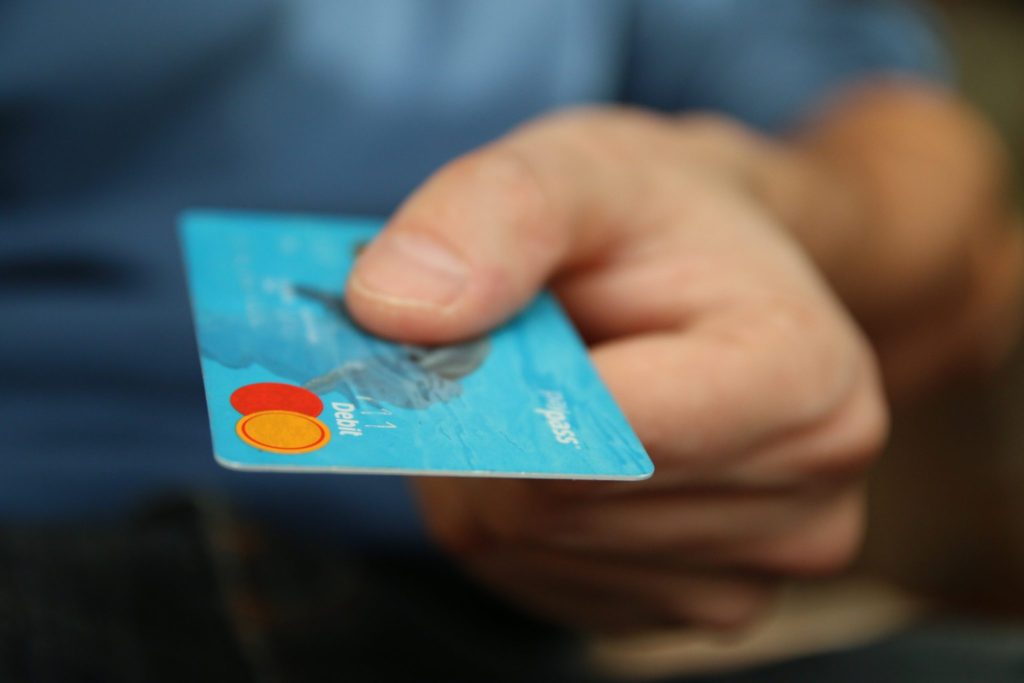
Prepaid cards aren’t credit cards or traditional debit cards, which are tied to your bank account. Prepaid cards are usable wherever credit cards work, but must be loaded with cash before it can be used for expenses.
When the card’s balance drops to zero you need to load more funds onto the card before spending again. Like the envelope system, using prepaid cards prevents you from overspending and will avoid overdraft fees. An additional benefit of this method is it eliminates the need to carry large sums of cash.
But there are a few downsides to prepaid cards. If you lose a card, you may lose whatever money is loaded onto it. Even if your card is stolen, you have fewer protections than you would with a credit card. Also, they may have fees.
Some of the potential costs that come with a prepaid card are:
- A one-time card purchase fee;
- A monthly maintenance fee;
- Service fees for ATM balance inquiries;
- A service fee for ATM withdrawals;
- Declined transactions; and
- Customer service calls.
If you want to learn more about how to choose the best-prepaid debit card, you can read my detailed article “How To Choose The Best Prepaid Debit Card.”
Summary
Financial tracking does not need to be hard or tedious, but you do need to find a system for tracking spending that works for you. You can use technology, the cash envelope system, or maybe prepaid re-loadable credit cards. Try one of these techniques mentioned above and see how it goes.
Related Articles:
- 9 Reasons Why Sticking To A Budget Is So Hard (And How To Change That)
- How To Track Your Financial Progress
- How To Track Your Monthly Spending
If you want to remember this article, post it to your favorite Pinterest board.
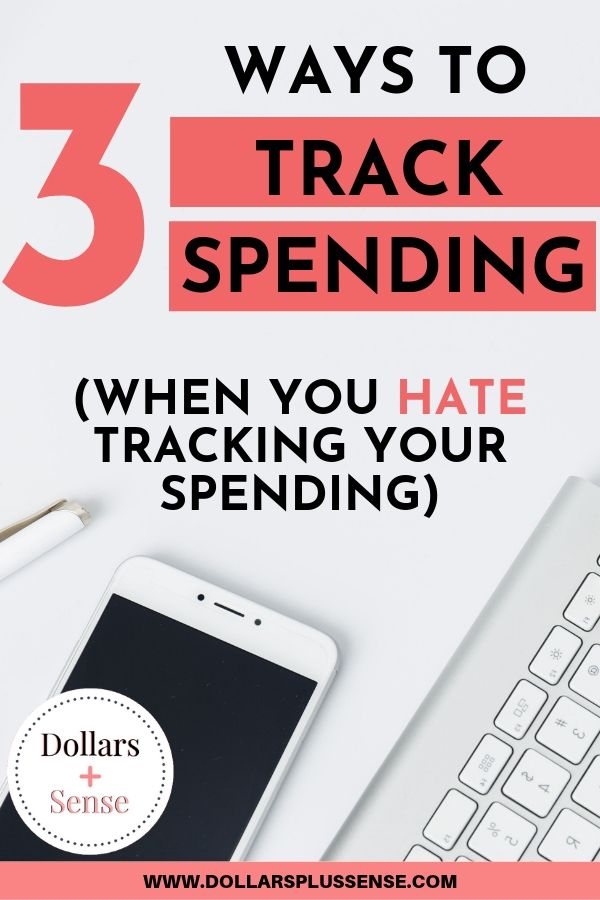










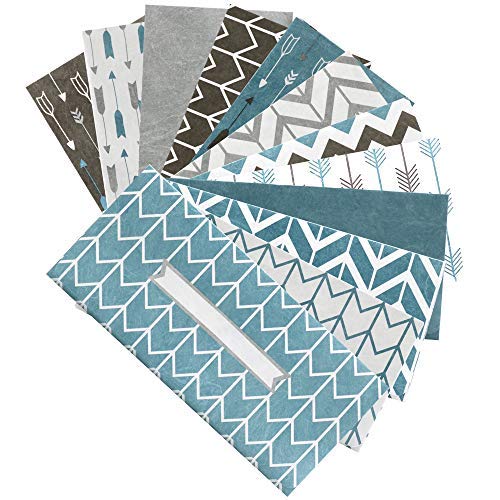

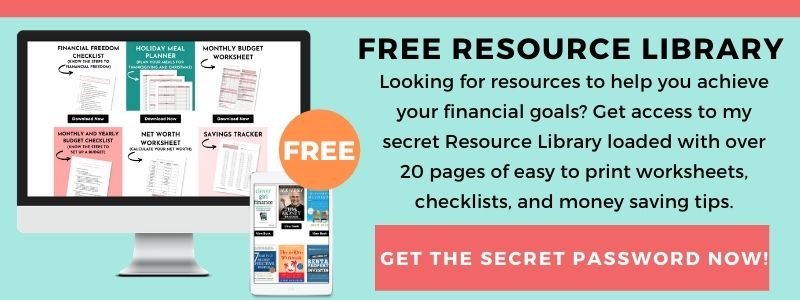


Great info very informative!! Also just another downside to cash and/or preloaded cards is it doesn’t help build your credit score. Definitely will look into those apps too.
Yes, that’s a good point! Thanks for reading and let me know what you think about those apps 🙂
Downloaded the mint app and it takes some getting used to as you mentioned but I think it’s great. Allows you to maintain a budget and check your credit score which is big for me.